UK PMI Construction rose from 56.3 to 59.1 in February, above expectation of 57.4. Markit said growth was led by marked and accelerated rise in housing activity. Input cost inflation dipped to 11-month low. Business confidence eased to softest since January 2021.
Usamah Bhatti, Economist at IHS Markit:
“UK construction companies achieved a faster expansion in output volumes in February as the economy recovered from the recent wave of COVID-19 infections related to the Omicron variant. House building had the strongest showing, as signalled by the fastest rise in residential work for eight months.
“Despite continued volatility in price and supply conditions, the overall rate of new order growth accelerated from January to reach the fastest since last August as client confidence improved in line with economic activity as Plan B restrictions were fully lifted.
“Nonetheless, widespread reports of shortages of materials and labour continued to plague the UK construction sector, while rising input costs placed further strain on businesses. It appears that the peak of price pressures has passed as the rate of input cost inflation eased for the sixth month in a row to reach the softest since last March. At the same time, reports of supplier delays were considerably lower than those seen in the middle of last year. Yet, price and supply constraints weighed on overall business confidence, which eased to the softest in just over a year.”
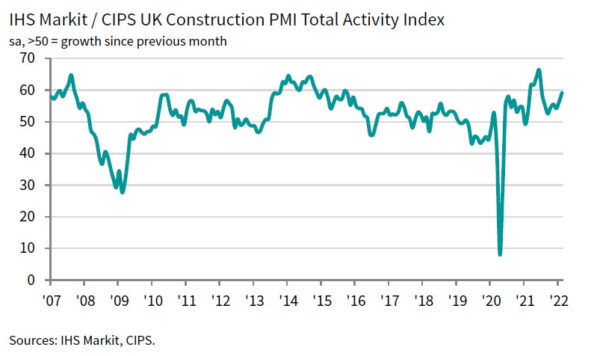
Full release here.




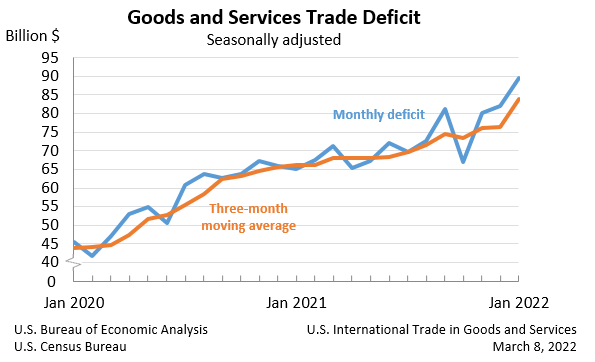
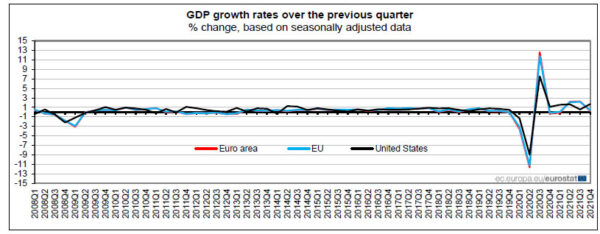
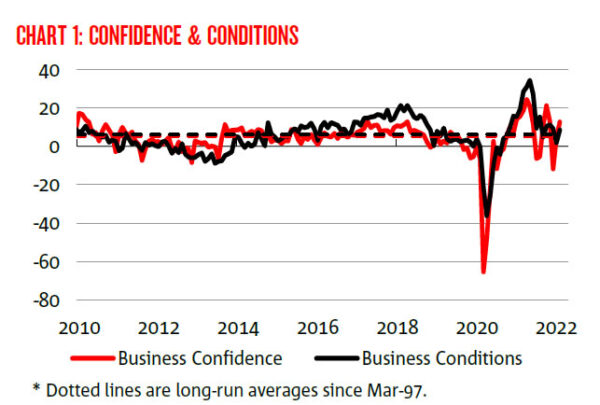
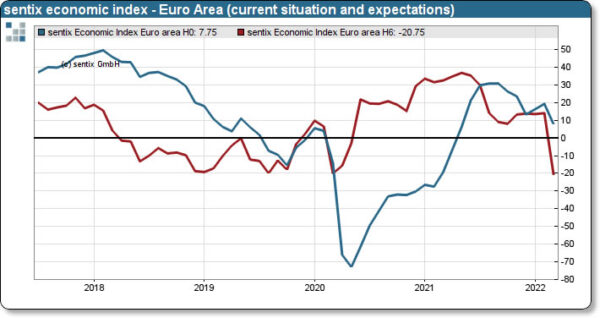
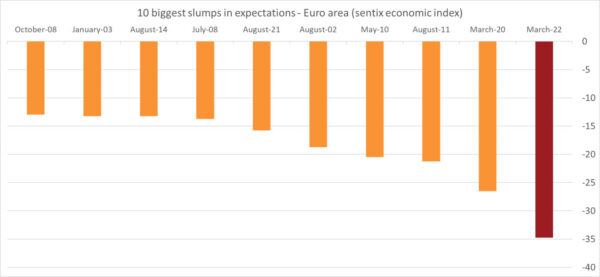
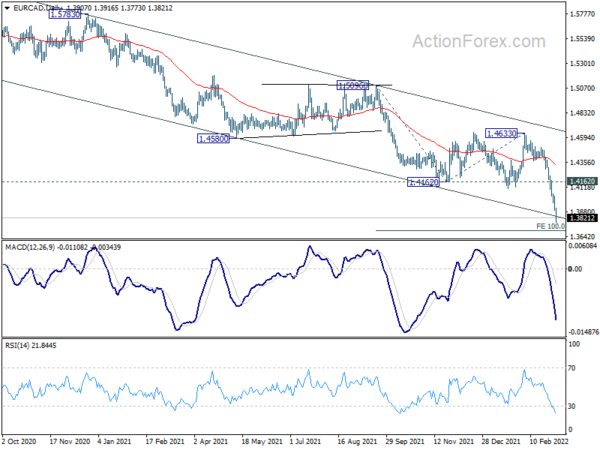
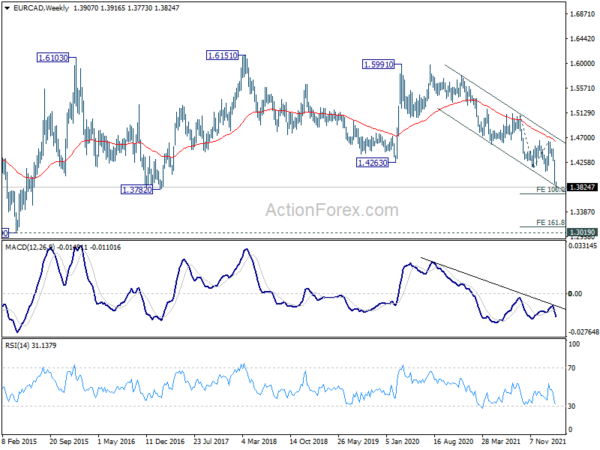
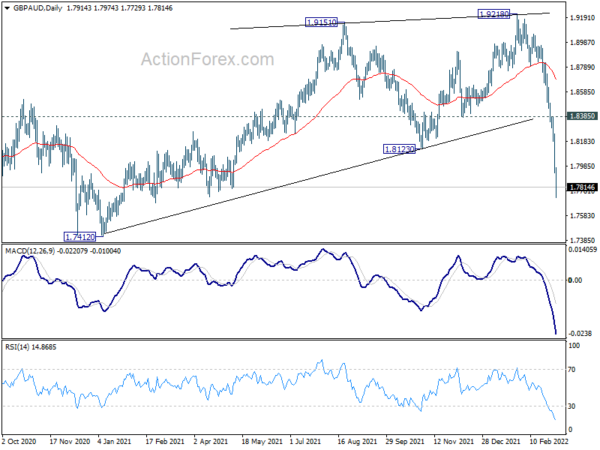
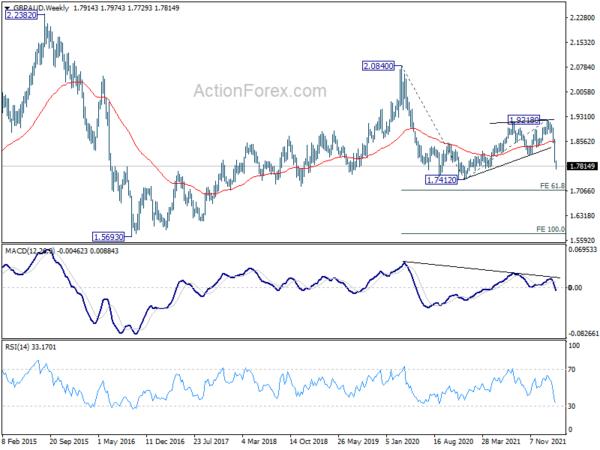

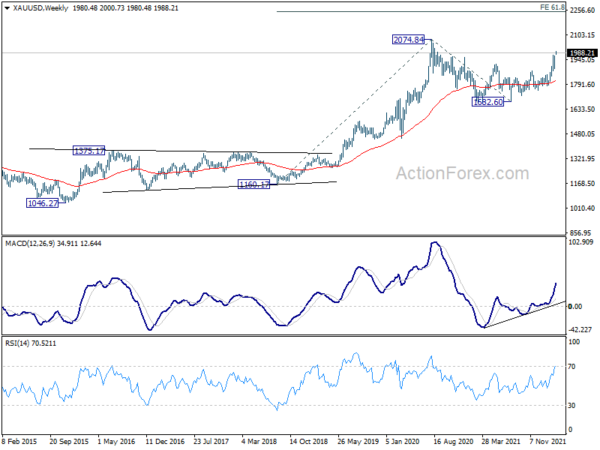
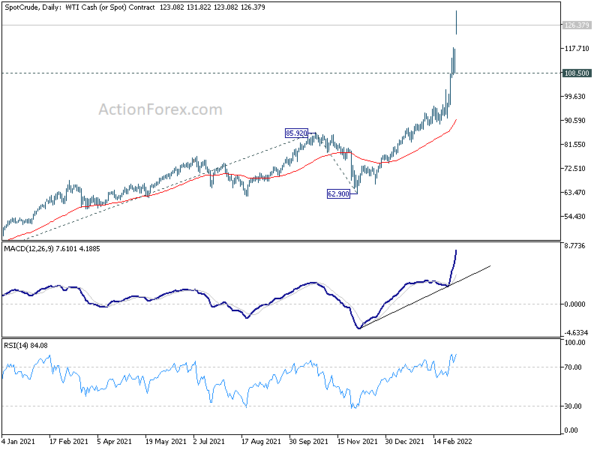
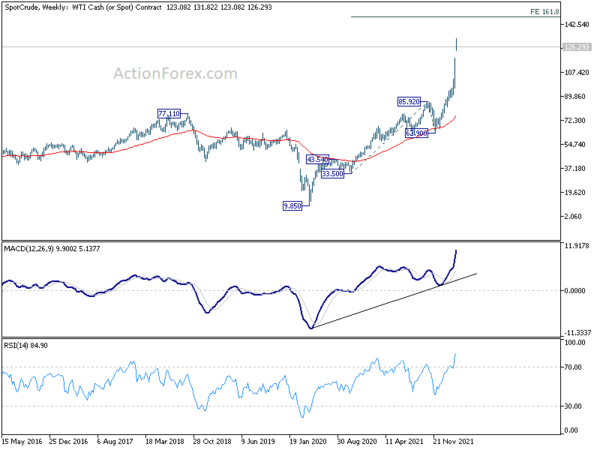
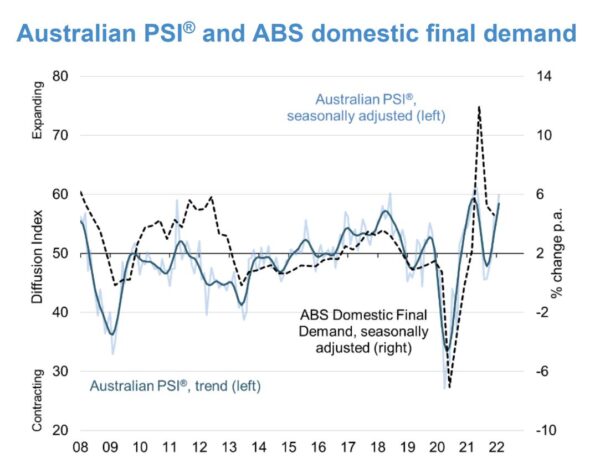
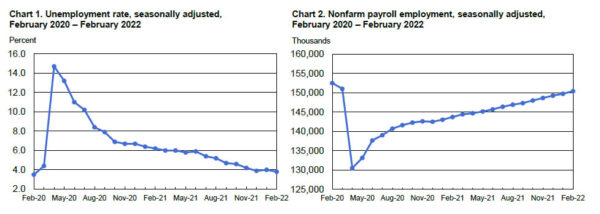
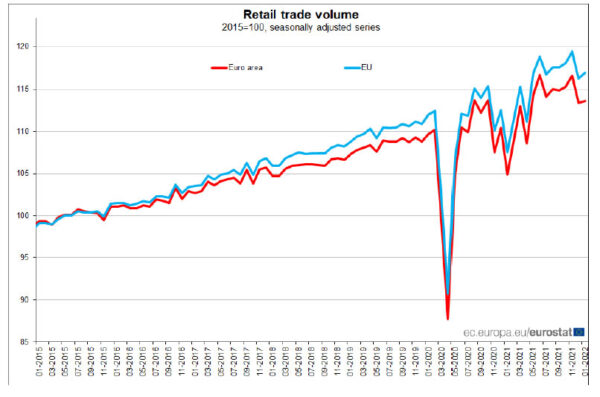

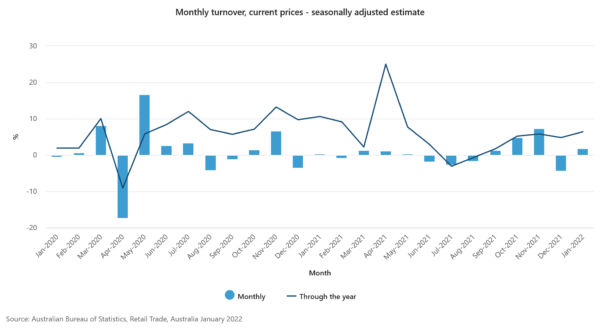
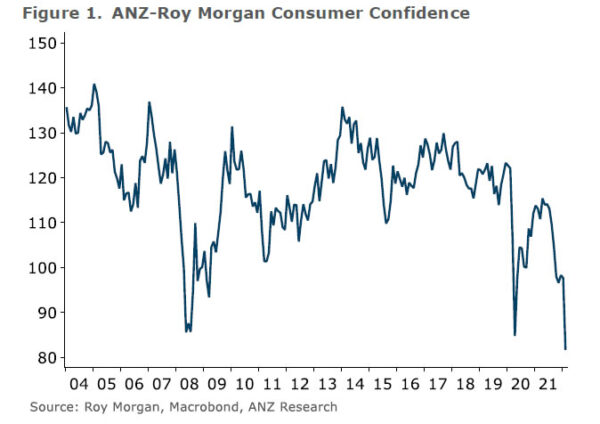
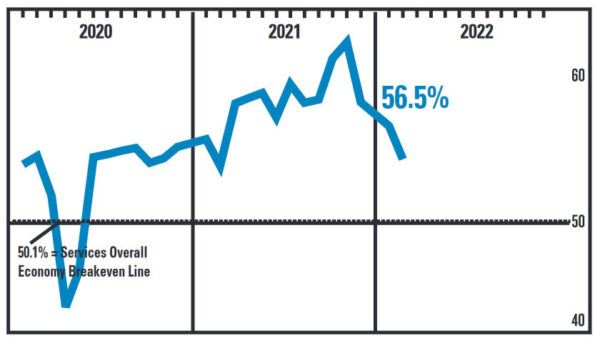

RBA Lowe: A rate hike this year is plausible
RBA Governor Philip Lowe reiterated in a speech that Australia has the “scope to wait and assess incoming information” before working on interest rates.
He highlighted two issues that policymakers are “paying close attention to”. The first is the “persistence of supply-side price shocks” and the extent of impact from Russia’s invasion of Ukraine. Secondly, that’s “how labor costs in Australia evolve”.
He noted that “given the outlook, though, it is plausible that the cash rate will be increased later this year.” There is both a risk to “waiting too long” and “moving too early”. But Low finished with the point that “it is only possible to achieve a sustained period of low unemployment if inflation remains low and stable”. And, “recent developments in Europe have added to the complexities here.”
Full speech here.